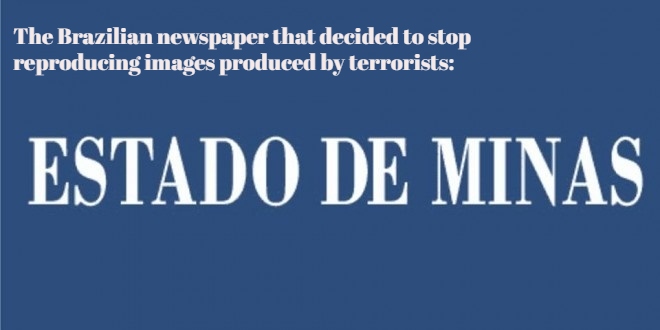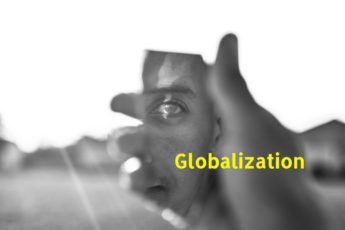
After slaughters such as what occurred in Suzano, Brazil, and Christchurch, New Zealand, the Brazilian newspaper “O Estado de Minas” changed the way of reporting events related to hatred and extremism. The director of the newspaper, which circulates daily in Minas Gerais – the country’s second most populous state – has decided not to reproduce images produced by terrorists. Carlos Marcelo Carvalho, editorial director of the journal, spoke to Words Heal the World about the importance of avoiding the exaltation of terrorists when reporting attacks and emphasized the importance of showing society’s solidarity and empathy towards victims and their families.
The decision to stop reproducing messages produced by terrorists is an important step to restrain the advance of their ideologies. What is the main message that you want to convey to other media vehicles?
Carlos Marcelo Carvalho: I think the main message is directed not to other media vehicles, but to society. That said, we believe that our attitude, even if it is restricted only to the State of Minas Gerais, can at least make other media vehicles reflect about the coverage of terrorist attacks: is it worth giving so much exposure to the tormentors of so many lives?
New Zealand Prime Minister Jacinda Ardern said she would not mention the name of the author of the Christchurch slaughter in any medium. In your opinion, terrorist perpetrate attacks to gain more visibility?
CMC: I think criminals like the author of the slaughter in New Zealand are driven not only by hatred and lack of empathy but also by vanity. They want fame, they want notoriety. By not exposing his name or his face, there will be at least frustration. And that may, perhaps, inhibit other potential killers who are driven by the same deplorable motivation.
In your opinion, why media sometimes ends up giving too much exposure to such individuals?
CMC: It depends on each vehicle. I think a lot of them want to provide information to the public, but unfortunately, some also end up looking for higher audience ratings.
At what extent, the pursuit for a better understanding of the causes behind a terrorist attack goes beyond the acceptable lines not to inspire other individuals to take similar action?
CMC: When we repeat slaughter videos, for example. Or when we provide meticulous details of the preparation of the act. Or when we disclose manifests or declarations made by terrorists.
In face of attacks such as the one that happened in New Zealand, how journalists could ensure fair and respectful coverage to the victims?
CMC: I think the focus could be on the incisive and swift action of the New Zealander government to inhibit disclosure of the identity of the perpetrator. It would also be important to highlight society’s actions and gestures to combat hatred and encourage empathy.
By Gabriel Jereissati (UFRJ – Brazil)




